SBOS728A February 2015 – March 2021 INA225-Q1
PRODUCTION DATA
- 1 Features
- 2 Applications
- 3 Description
- 4 Revision History
- 5 Pin Configuration and Functions
- 6 Specifications
- 7 Detailed Description
- 8 Applications and Implementation
- 9 Power Supply Recommendations
- 10Layout
- 11Device and Documentation Support
- 12Mechanical, Packaging, and Orderable Information
Package Options
Mechanical Data (Package|Pins)
- DGK|8
Thermal pad, mechanical data (Package|Pins)
- DGK|8
Orderable Information
6.6 Typical Characteristics
At TA = +25 °C, VS = +5 V, VIN+ = 12 V, and VREF = VS / 2, unless otherwise noted.
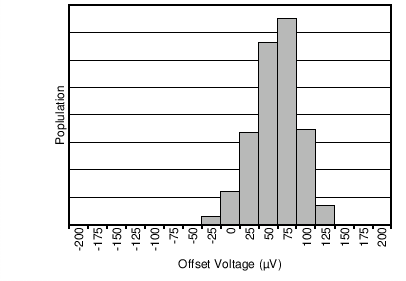
Figure 6-1 Input Offset Voltage Production Distribution
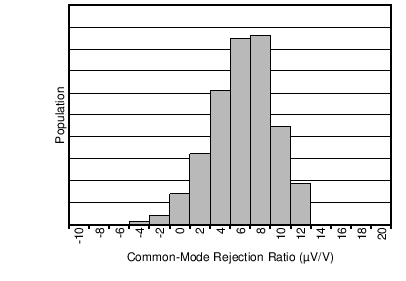
Figure 6-3 Common-Mode Rejection Production Distribution
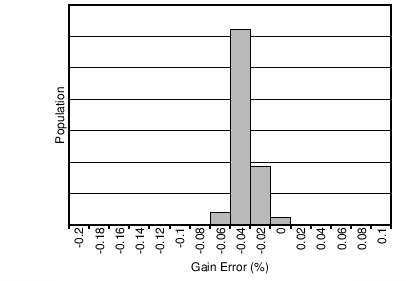
Figure 6-5 Gain Error Production Distribution (Gain = 25 V/V)
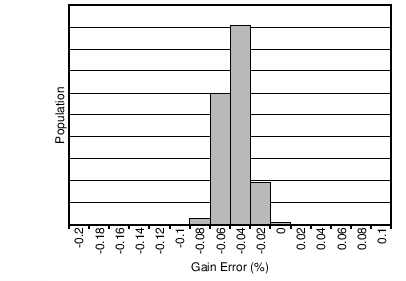
Figure 6-7 Gain Error Production Distribution (Gain = 100 V/V)
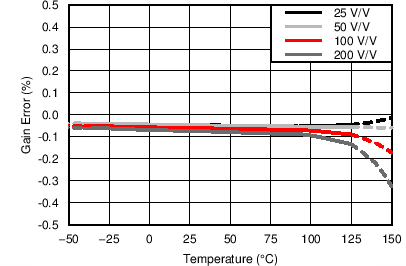
Figure 6-9 Gain Error vs. Temperature
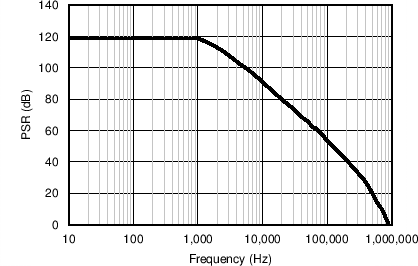
| VCM = 0 V | VREF = 2.5 V | VSENSE = 0 mV, Shorted | |
| VS = 5 V + 250-mV Sine Disturbance | |||
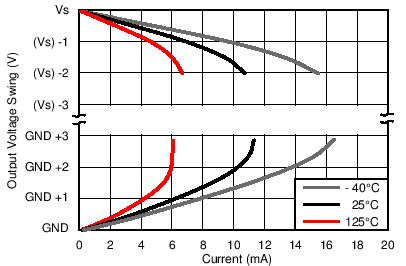
Figure 6-13 Output Voltage Swing vs Output Current
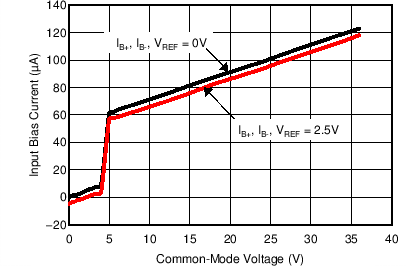
Figure 6-15 Input Bias Current vs. Common-Mode Voltage (Supply Voltage = +5 V)
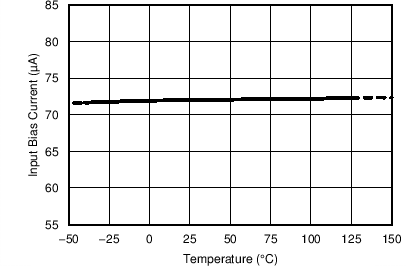
| VS = 5 V | VCM = 12 V |
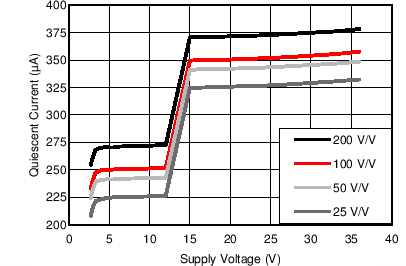
Figure 6-19 Quiescent Current vs. Supply Voltage
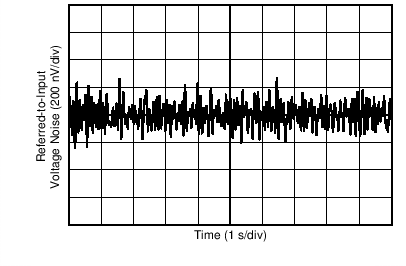
| VS = ± 2.5 V | VCM = 0 V | VSENSE = 0 mV, Shorted | |
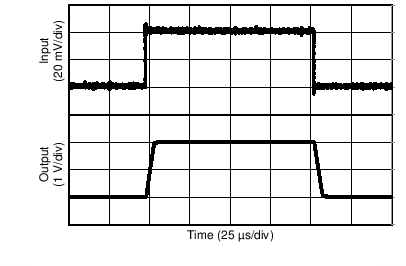
Figure 6-23 Step Response (Gain = 50 V/V, 2-VPP Output Step)
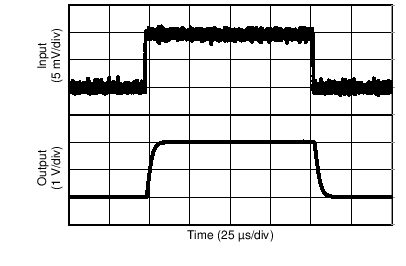
Figure 6-25 Step Response (Gain = 200 V/V, 2-VPP Output Step)
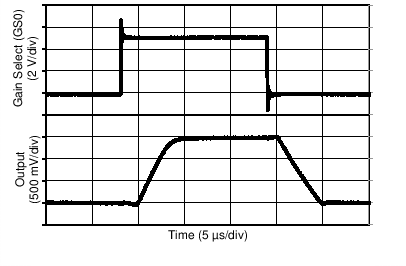
| VDIFF = 20 mV | VOUT at 25-V/V Gain = 500 mV | |
| VOUT at 100-V/V Gain = 2 V | ||
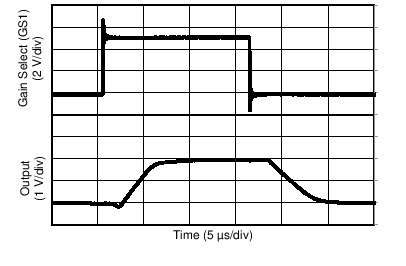
| VDIFF = 20 mV | VOUT at 100-V/V Gain = 2 V | |
| VOUT at 200-V/V Gain = 4 V | ||
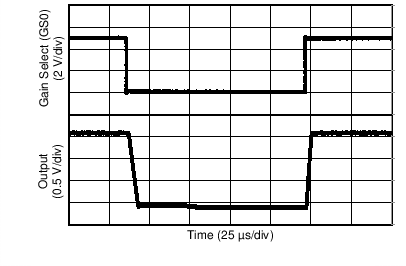
Figure 6-31 Gain Change Output Response From Saturation (Gain = 100 V/V to 25 V/V)
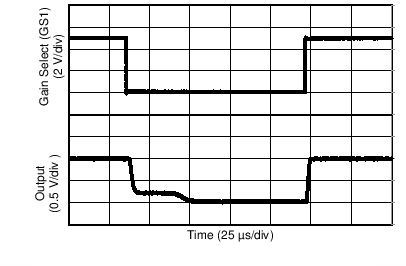
Figure 6-33 Gain Change Output Response From Saturation (Gain = 200 V/V to 100 V/V)
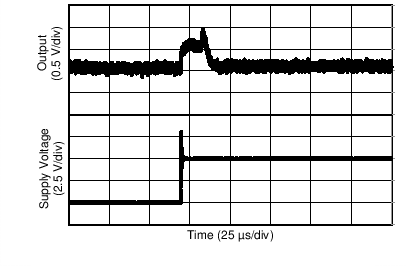
Figure 6-35 Start-Up Response
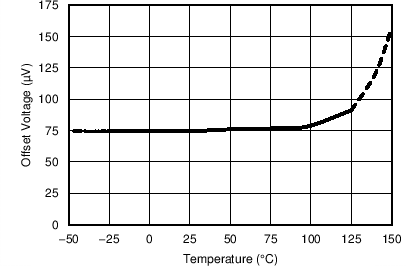
Figure 6-2 Input Offset Voltage vs. Temperature
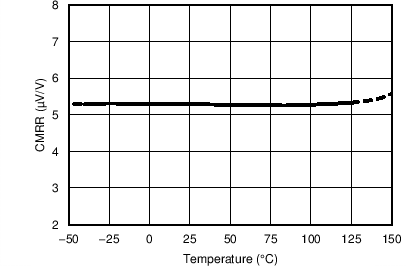
Figure 6-4 Common-Mode Rejection Ratio vs. Temperature
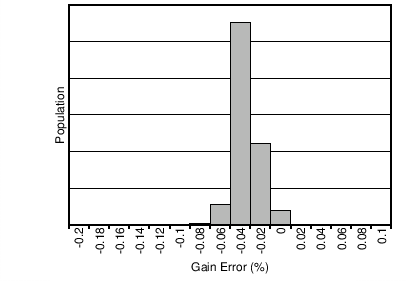
Figure 6-6 Gain Error Production Distribution (Gain = 50 V/V)
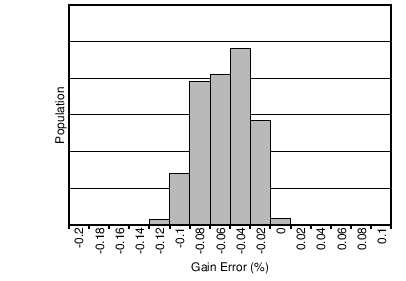
Figure 6-8 Gain Error Production Distribution (Gain = 200 V/V)
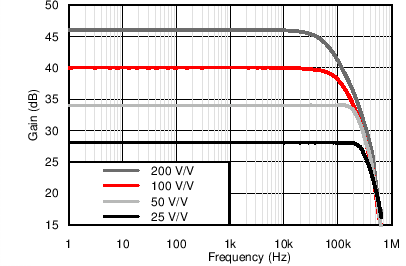
| VCM = 0 V | VSENSE = 15 mVPP |
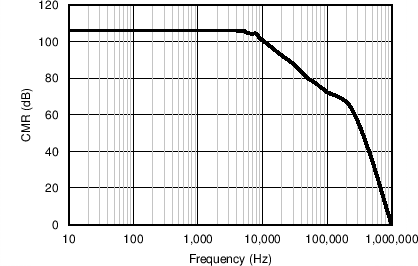
| VS = 5 V | VREF = 2.5 V | VSENSE = 0 mV, Shorted | |
| VCM = 1-V Sine Wave | |||
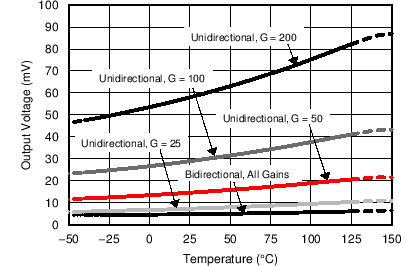
| Unidirectional, REF = GND | Bidirectional, REF > GND |
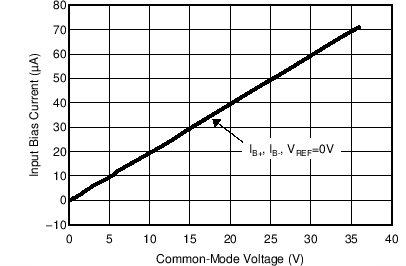
Figure 6-16 Input Bias Current vs. Common-Mode Voltage (Supply Voltage = 0 V, Shutdown)
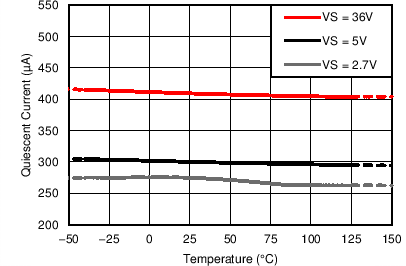
Figure 6-18 Quiescent Current vs. Temperature
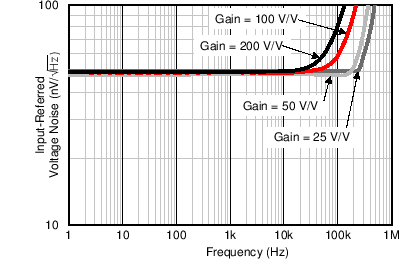
| VS = ± 2.5 V | VREF = 0 V | VSENSE = 0 mV, Shorted | |
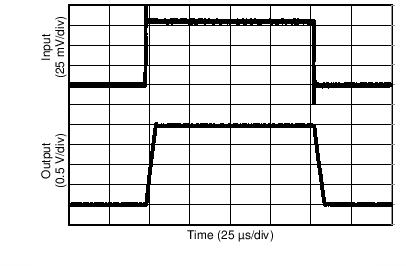
Figure 6-22 Step Response (Gain = 25 V/V, 2-VPP Output Step)
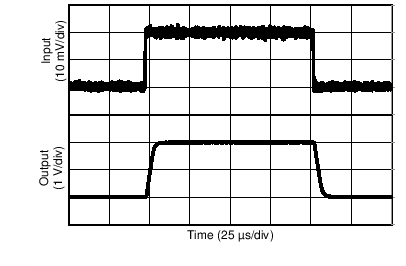
Figure 6-24 Step Response (Gain = 100 V/V, 2-VPP Output Step)
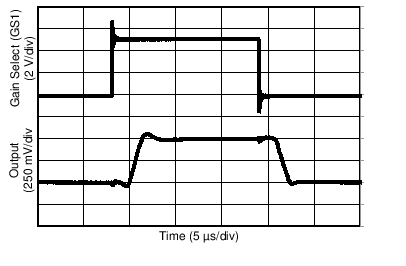
| VDIFF = 20 mV | VOUT at 25-V/V Gain = 500 mV | |
| VOUT at 50-V/V Gain = 1 V | ||
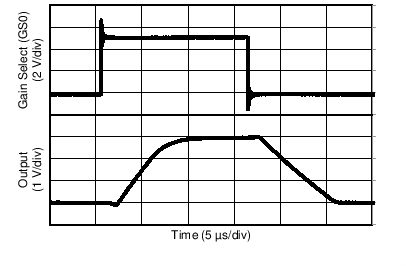
| VDIFF = 20 mV | VOUT at 50-V/V Gain = 1 V | |
| VOUT at 200-V/V Gain = 4 V | ||
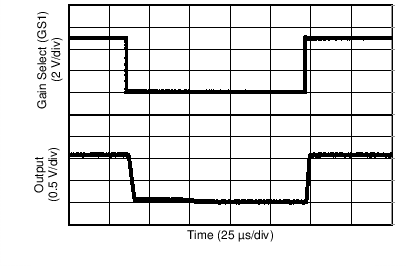
Figure 6-30 Gain Change Output Response From Saturation (Gain = 50 V/V to 25 V/V)
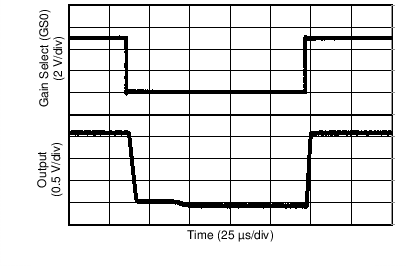
Figure 6-32 Gain Change Output Response From Saturation (Gain = 200 V/V to 50 V/V)
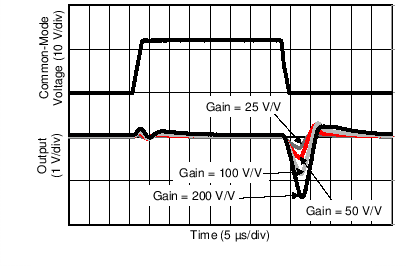
Figure 6-34 Common-Mode Voltage Transient Response